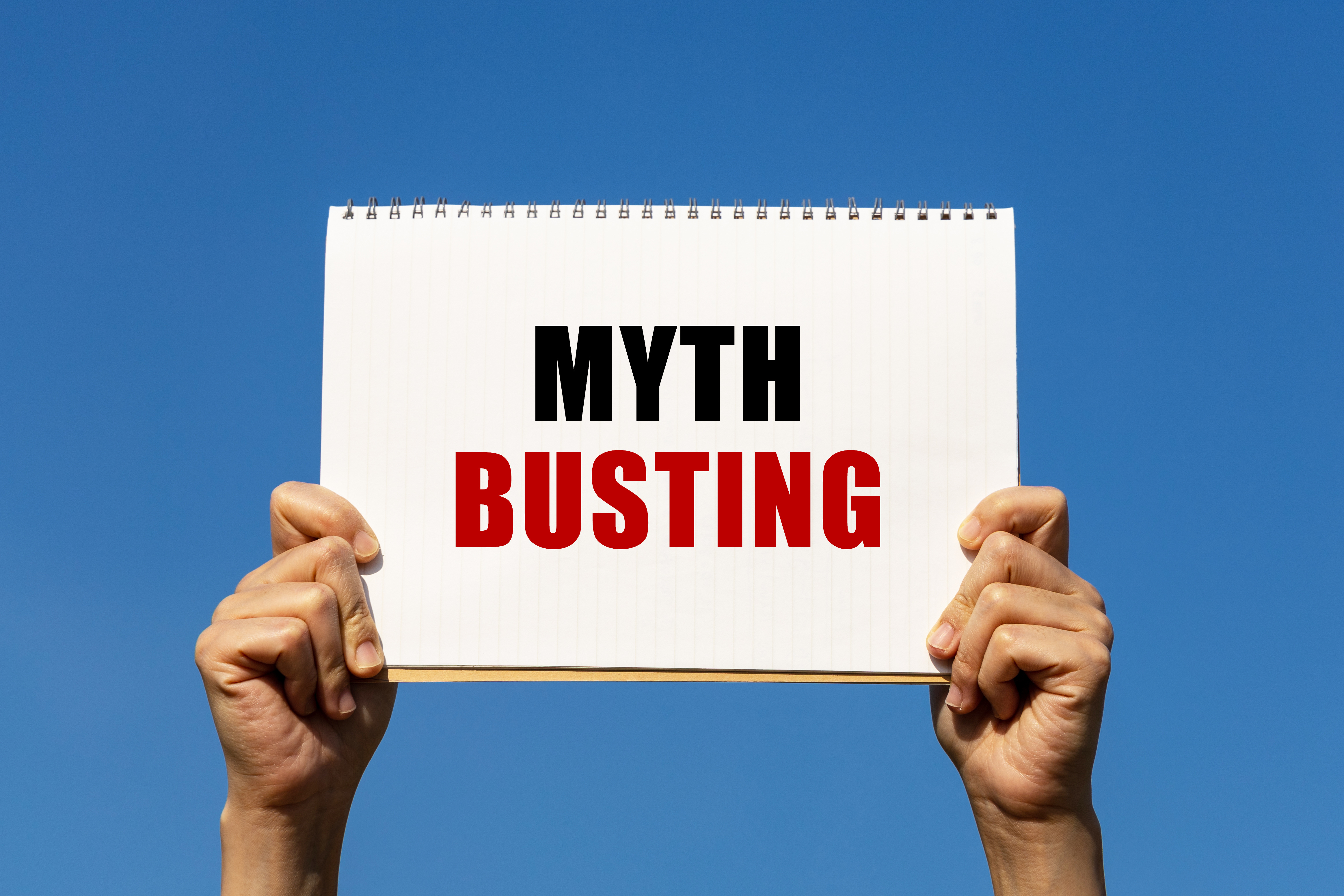Commercial market for UV products
The commercial market in UV products has grown in recent years. All kinds of new products with disinfecting properties are being developed and put on the market. Nowadays there are:
- Self-cleaning bottles,
- Self cleaning earbuds
- Small UV disinfection boxes for mobile telephones
- Disinfection equipment for your living room
These are just a few examples. Some of these manufacturers come up with promising claims that are not always well researched. Although the use of UV-C applications for disinfection purposes dates back as far as the 1930s, the technology remains relatively new. Therefore, it is an ongoing process to establish standards and regulations that can fully protect the safety of users.¹ The effectiveness of a UV device also depends on several factors. These factors affect the success of the device.
Different factors
Various factors influence the effectiveness and method of operation of a UV-C device. For example:
- Form
- Wavelength
- Lamp type
- Distance
- Safety
- Maintenance requirements
- Design features such as reflectors

Therefore, effectiveness may vary from one device to another.¹ See, for example, Figure 1, which shows that the distance and intensity of UV-C light have a great effect on its effect.
In addition to these factors, it is important that great attention be paid to features such as safety, performance, maintenance requirements and workflow. In other words, it is important to assess the specific evidence provided by a manufacturer to support the alleged performance of their devices. Check the results of microbiological efficacy testing, tests performed in laboratories and clinical trials.
If you’d like to learn more about UV-C light, be sure to read ‘Will Manual Cleaning Still Be Necessary If I Use UV Light?’
- Health Earope. (N.B.). UV-C disinfection technology, why an industry standard must be set. http://https//www.healtheuropa.eu/uvc-disinfection-technology-why-an-industry-standard-must-be-set/109678/







.jpg)
